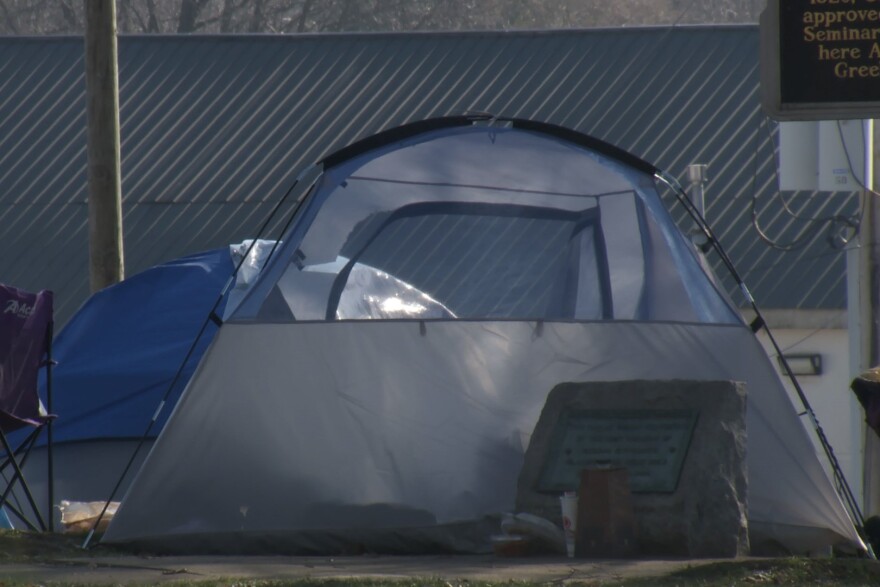Mary Morgan, with the area Heading Home effort, is critical of the Trump administration’s recent executive order that pushes for removal of people experiencing homelessness from public places.
She said the approach conflates "homelessness with illegal and aggressive behaviors, mental health issues, substance use and crime.”
“So there obviously can be overlap between all of those things,” she said. “But the condition of homelessness does not always coincide with these other things.”
The executive order revives the idea of civil commitment, which places people with mental health issues in treatment facilities involuntarily, if they are deemed a danger to themselves or others.
The order said placing people experiencing street homelessness into “long-term institutional settings for humane treatment through the appropriate use of civil commitment will restore public order.”
According to the 2024 state count the number of people experiencing unsheltered homelessness in Indiana was 1,138. This doesn’t include Indianapolis, which reports separately. Its count for 2024 was 339. Monroe County had 456 people experiencing homelessness. About a third of them are unsheltered. Of the total population, 127 were adults with serious mental illness, and 77 had a substance abuse disorder.
Morgan said the new executive order doesn’t address lack of housing options.
“Without housing, we are going to have people who are unhoused,” she said.
The number of people with mental illness in Indiana is trending upwards, according to a report from the Indiana Family and Social Services Administration. Between 2008 and 2018, the number of people experiencing mental illness in the state rose 21 percent.
But Hoosiers also struggle to access care. Nearly 345,000 adults in Indiana said they did not receive mental health care when they needed it in 2021, according to The National Alliance on Mental Illness. Thirty-seven percent said they didn’t seek care because of the cost.
Morgan said there aren’t enough beds in mental health institutions or rehab facilities to meet current demand. And she questions what safeguards are in place for the rights of people institutionalized involuntarily.
“We're seeing this heavy hammer come down with resources that are not available to support what the outcomes that they're asking for,” she said.





